These six stories tell us about getting away from oblivion through trips to other countries, times and cultures. And also of the sustainability that it represents return home with materials and artisan weaving techniques to give a new life.
Sylvia Bonet's look at fashion and interior design is a reflection of her love for popular work and the adventure what it means to walk out of the comfort zone.
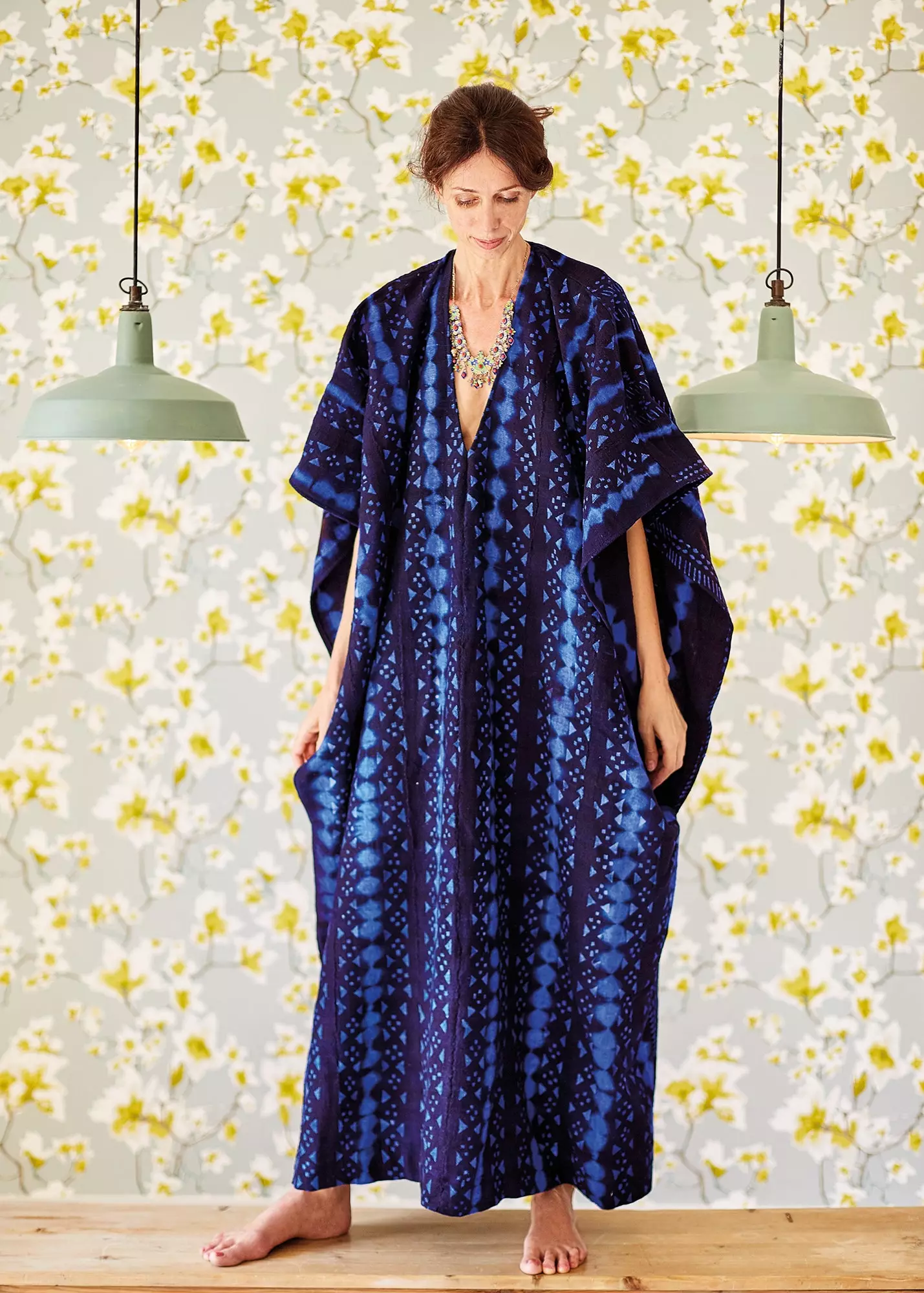
The stylist Sylvia Bonet.
REGINA DEJIMÉNEZ: FROM MADRID TO ITALY, CHILE, BOLIVIA AND SOUTH KOREA
It was at the Pre-Columbian Art Museum in Santiago de Chile, which Regina Dejiménez highly recommends, where she understood that the fabrics, in their diverse designs and uses, are full of codes.
“By deciphering them you can discover a language. I have been experimenting with natural fibers like cotton thread, wool and linen, which are the base I use to create my installations, art pieces and design objects. They are my tool that communicates the abstract,” she continues.
Regina grew up in a sewing workshop with her mother between the Sierra de Gredos and the center of Madrid. She later she traveled by India, Turkey, Italy, Chile, Bolivia and South Korea compiling techniques, knowledge, and materials.
“The women of these countries They taught me to weave, spin and embroider, to make hemstitch, quilting, crochet, Mapuche loom… ”, she details.
Adding to all this learning, her paradise is the classic haberdashery, the homes of the maker grandmothers, the antique markets and ethnographic museums.
And it is that Regina can turn parts of a wool sweater, a bobbin fabric or a linen sheet from years ago into a hanging sculpture with lighting system Incorporated.
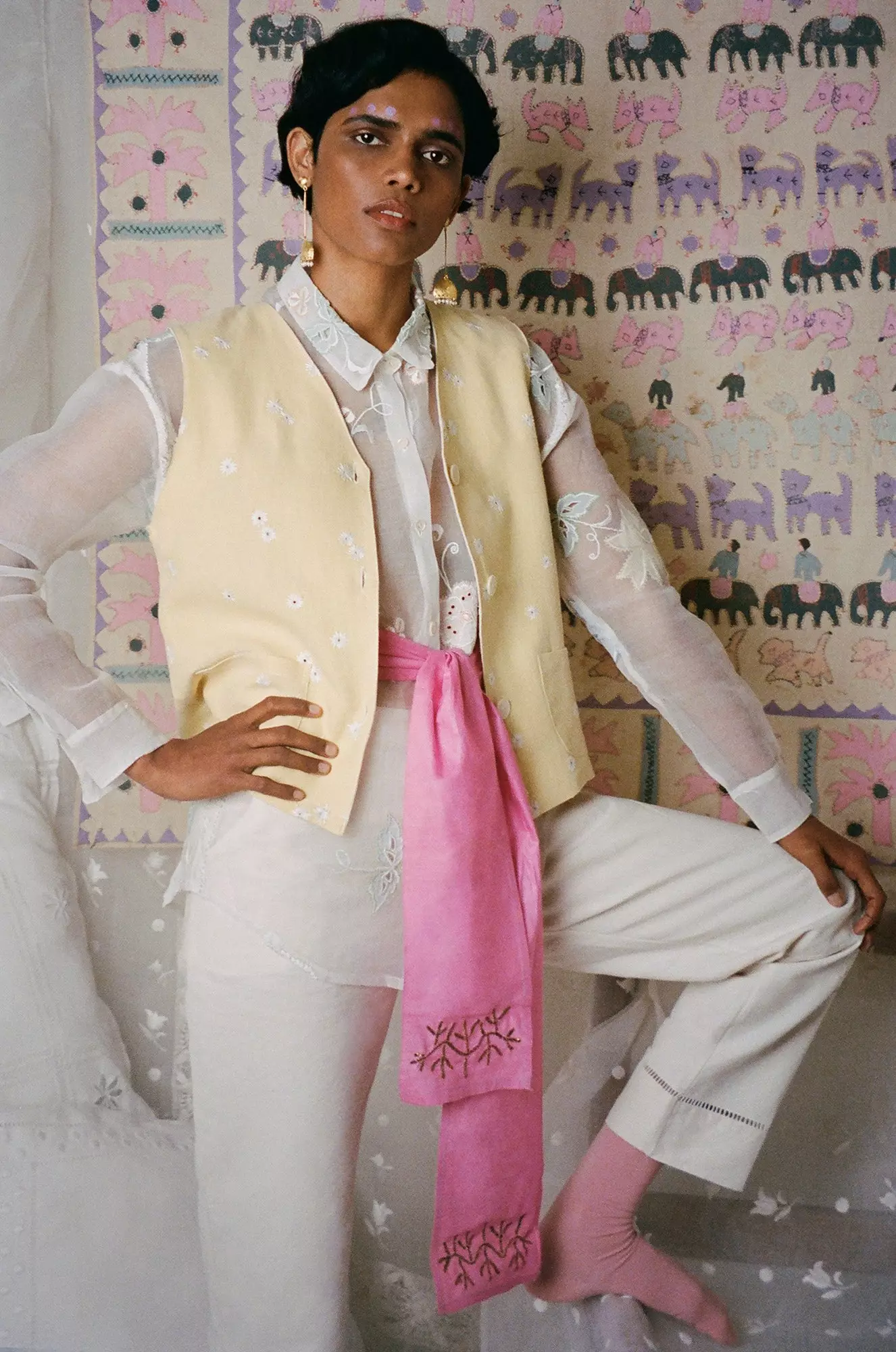
Après Ski Barcelona.
APRÈS SKI: FROM BARCELONA TO TURKEY, ALBANIA, UZBEKISTAN, FRANCE…
A graphic childhood memory of Lucía, creator of Après Ski, one of the most complete brands of the moment, can be found at a giant closet full of fabrics at her grandparents' house. Her grandmother spent many hours making clothes for her and her family.
“I loved opening it up and looking at it, imagining the endless possibilities of all those textures and colors. I have never been too interested in fashion, what fascinates me is crafts and popular art”, is forceful.
And it refers to contemplating the quality of the fabrics made manually, the originality of its motifs and the diversity of techniques.
“For years I dedicated myself to buy textiles that were once sheets, bedspreads or tablecloths. I did it on my trips to Turkey, Albania, Uzbekistan, France… There was no specific purpose, it was simply irresistible to me, ”she explains. So use them to make clothing I thought it was a good option. I rescue them from oblivion and show his wealth.”
She also uses some fabrics made now, like the Nagas of myanmar , which are beautiful hand-embroidered fabrics.
Regarding the mix as a declaration of intent, Lucía comments: “I try to make many of the garments with a patchwork of techniques or textiles coming from different places. I am interested in this mix because I feel that my work is influenced by many cultures.”
J. LLAMBIAS: FROM MALLORCA TO PARIS AND LONDON
The fashion firm was born in 2018 as a personal project in which to apply all the aesthetic concerns of Jaime Llambias. “I was born in Mallorca in 1988 and both my father and my mother are contemporary artists, so art has always been very present in my life”, he tells us.
The inspiration for each of his creations comes from day to day. In her workshop in the center of the island, she accumulates lots of fabrics and trimmings from all eras, that she has been saving through different trips, not only in Europe but within Mallorca itself.
“We spend hours dealing with the tissues, let's to markets, antique shops and private houses to find authentic artisan jewels almost impossible to find today”.
In his words, London it's a good destination to come across ancient and fascinating samples .And Paris has always been a base port for Jaime. “In the Fleas there are wonders. But it is by going deeper into the underworld when one find the real treasures, those who open their minds and find the exact key to what they want to do”, exclaims the Majorcan.
However, for him, Mallorca is Mallorca. “The selection of linens, drapes and household items that arrive and abound on the island are incredible, ”he acknowledges.
So, without looking for it, Mediterranean essence and sustainability they have ended up forming part of the DNA of J. Llambias.
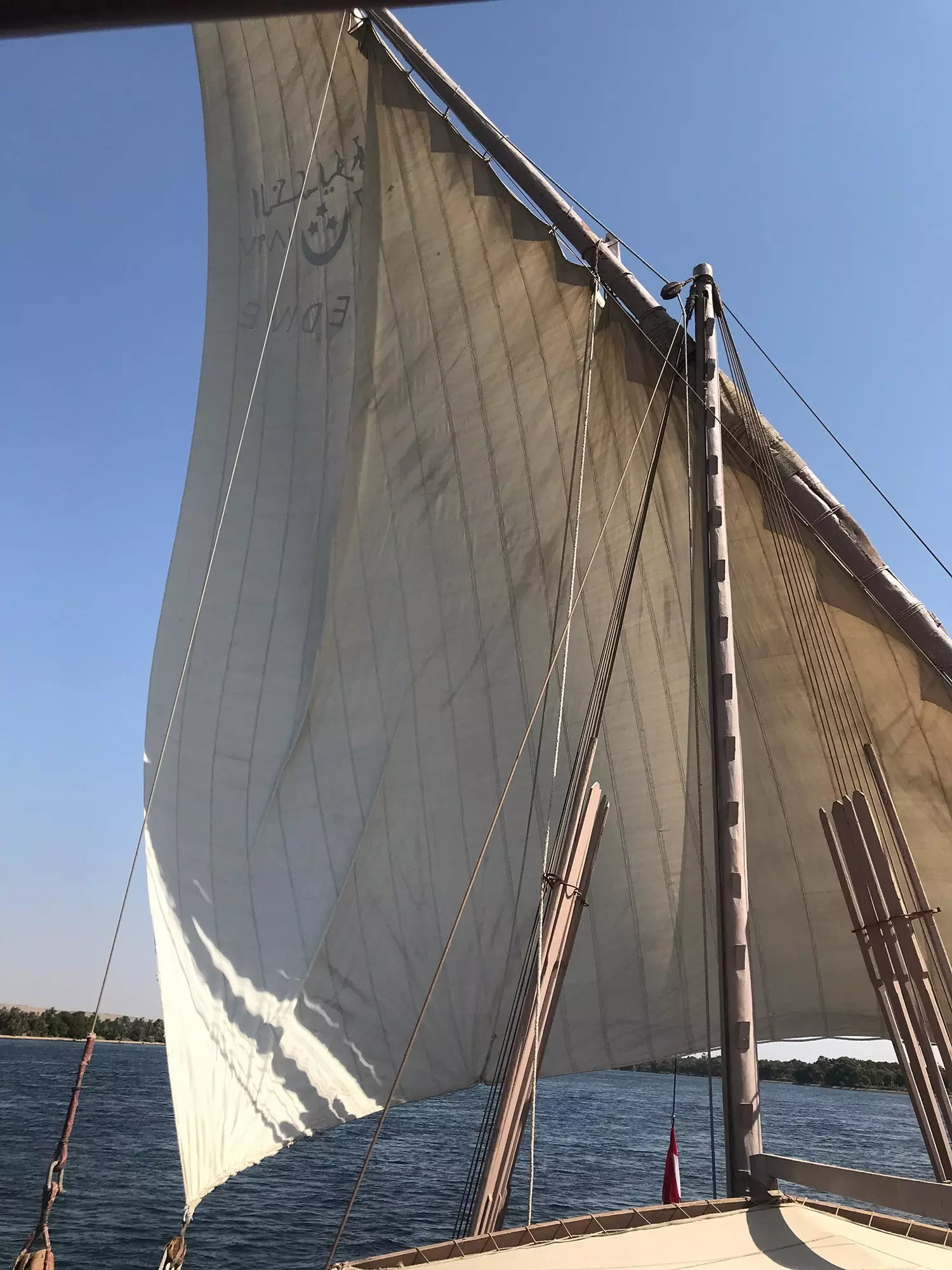
The fabrics of the Nile boats brought by Primitiu.
THE AVANT/PRIMITIU: FROM BARCELONA TO INDIA AND EGYPT
Silvia Garcia Presas is a lover of clothes, crafts and going around the world. And these universes come together in two spaces in Barcelona: The Avant, with garments designed by her and made in Barcelona, and Primitiu, with objects chosen throughout her travels.
Silvia she is inspired by the fabrics that she discovers to create the prints of her garments. Without going any further, the floral prints used in the Autumn 2021 dresses and shirts have their origin in silk sarees with whom she fell in love in India.
“During a journey through Egypt, I couldn't help but notice the cotton fabrics used for the sails of the boats (called dahabiya or felucca) that navigate the Nile, which I also recognized in the awnings of the market stalls. It is a thick but soft fabric, with a fairly open weave, which lets in the clarity of light”, she narrates.
So she decided to bring them in different shades to sell them at Primitiu. “The textile world is an art and a trade that each town has known how to develop in its own way, mine is to bring it closer to my own community ”, she says goodbye to her.
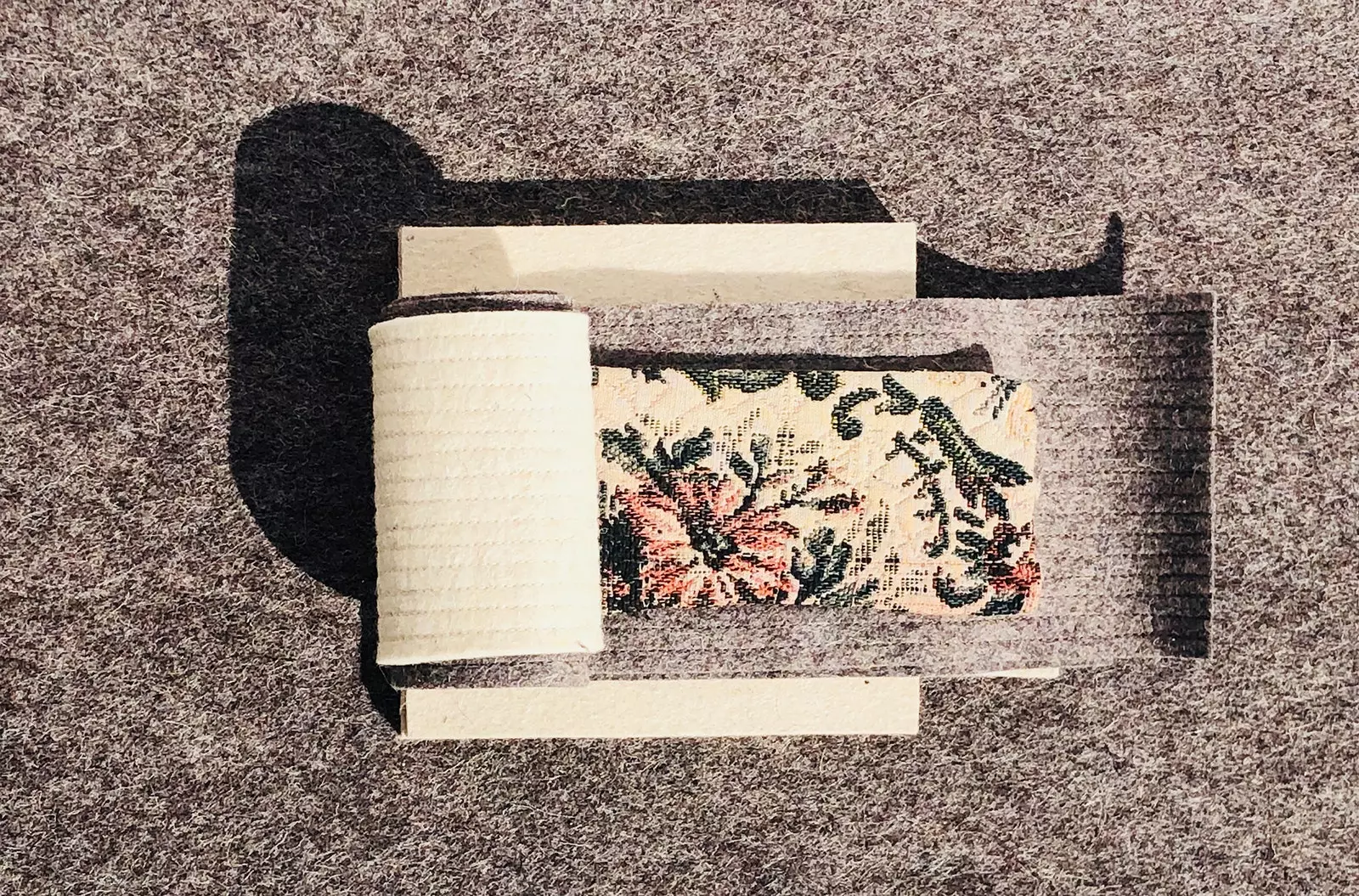
Susan Black.
SUSANA NEGRE: FROM BARCELONA TO MEXICO, RIO DE JANEIRO, PANAMA OR THAILAND
The art and design of Susana Negre has a great influence on her experiences, travels and combo of her identities: Mexico, Rio de Janeiro, Chile, Colombia, Argentina, Turkey, Panama, Thailand or the United States.
Her creations, all handmade and with natural fibers, They are unique pieces that she works and develops from the concept, to the research and subsequent creation. In the process, she explores the essence of the textures, the colors, the volume… She is filled with architecture, sculpture, nature, and cultural diversity.
“I like to work with the materials that I have been gathering during all my movements on earth. At each site I visit, I spend some time exploring the place, contact native artisans to be able to share their experience, discover their work and advise me”, she quotes Susana.
Her last piece, Nomadus, is made with 100% sheep wool felt and fabric vintage of the nomadic tribes of Afghanistan. It is part of a collection that illustrates the different symbols and aspects of the country: the environment, sports, tradition, the community, women, war and exile.
“Because of its anti-cold and heat properties, felt is used with the aim of building the yurts, which are portable tents that make a home”, she teaches she for illustrative purposes.
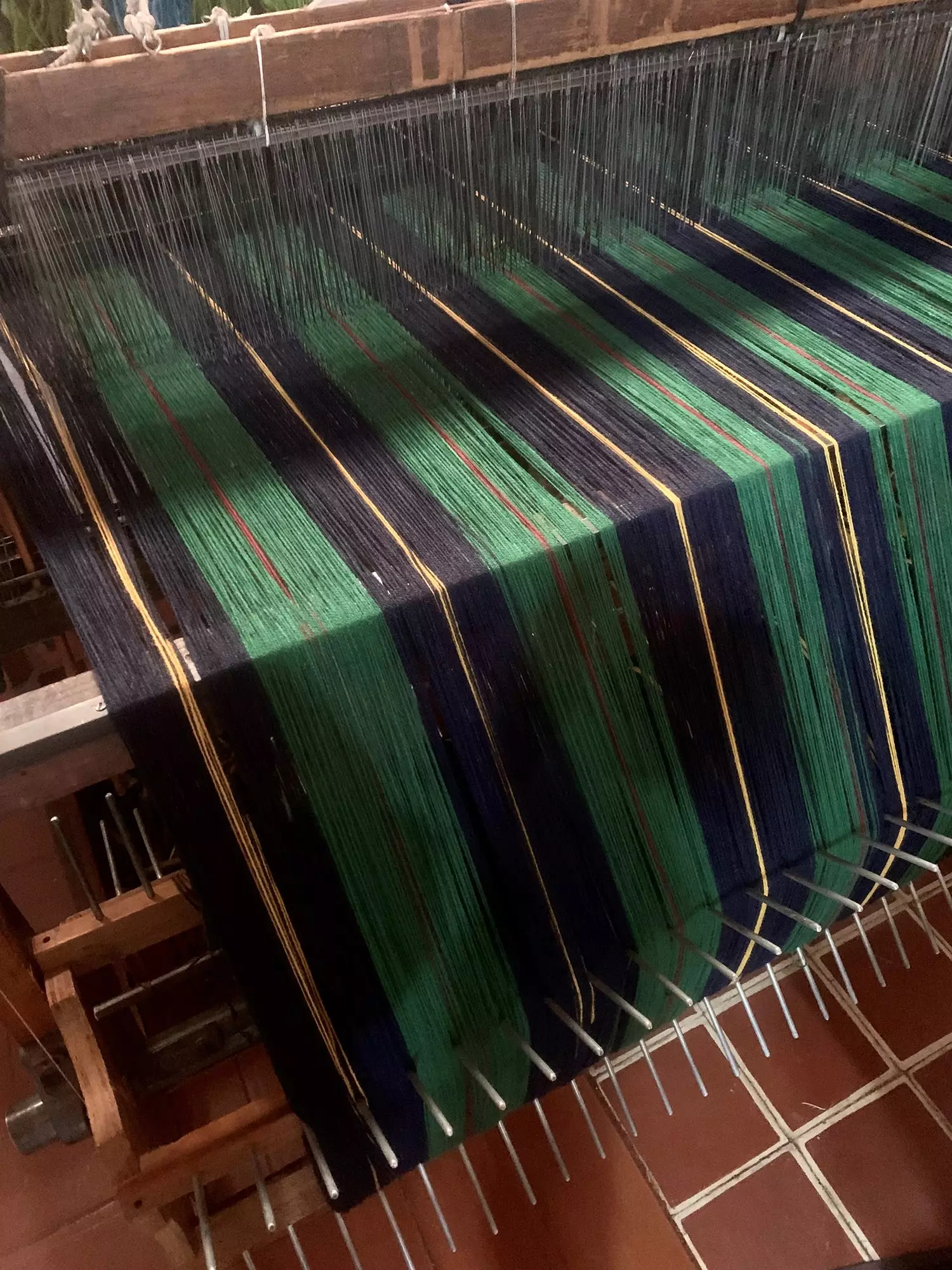
Victoria Prada, conscious craftsmanship.
VICTORIA PRADA: FROM LEON TO COLOMBIA AND PERU
Victoria's passion is to combine fashion and art finding elements that awaken her sensitivity through different continents, to transform them into her own concept of her clothing.
Victoria Prada offers clothes and accessories, all of them made by artisans from Spain, Colombia and Peru. She travels in search of different manual techniques, natural fabrics and local products.
“We support the artisans we work with in order to promote their character and combine it with the aesthetics of current trends. And the truth is that she succeeds, because Victoria's selection is very interesting and personal. Likewise, the brand firmly believes in fair compensation for the workforce”, defends Victoria.
The result? An ethical and ecological proposal that confers an important history to each of the pieces it produces.
